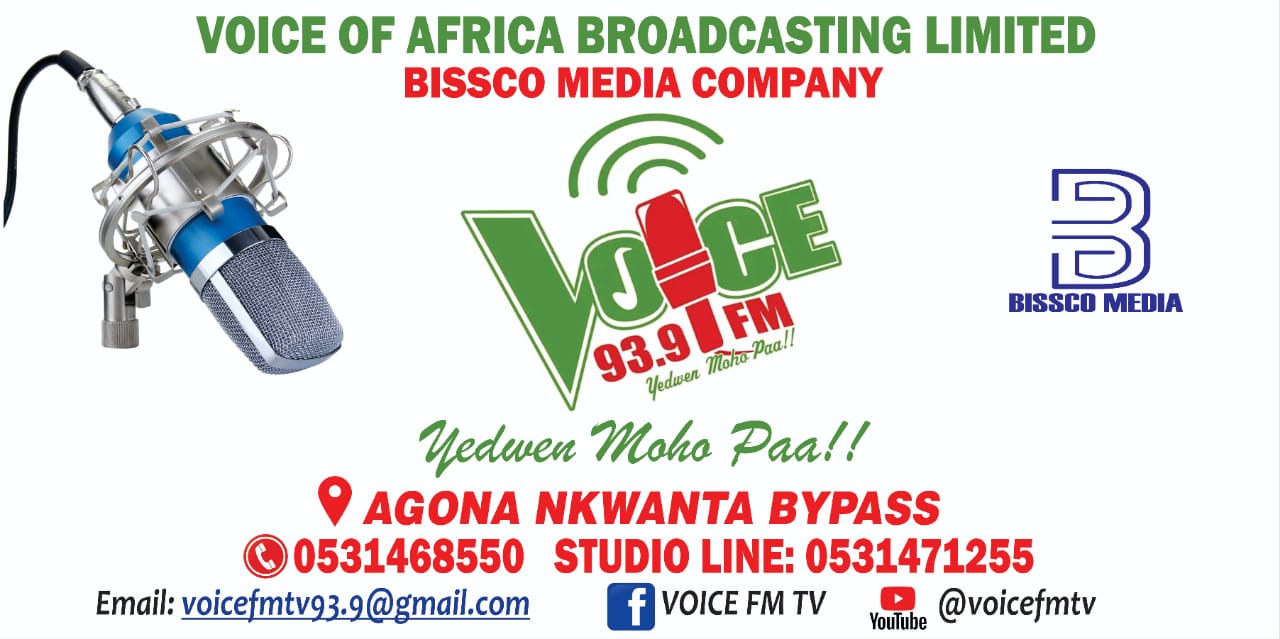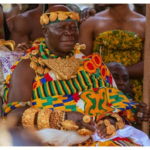
The Ghana Gold Board (GoldBod) is set to deploy an unprecedented national track-and-trace system for all gold purchases by the first quarter of 2026 (Q1 2026).
This significant technological leap comes as the state-run agency grapples with the systemic risk of gold from illegal mining (galamsey) infiltrating the formal supply chain via its vast network of agents.
GoldBod CEO, Sammy Gyamfi, announced the ambitious deadline during a live interview on TV3’s “Key Points” programme on Saturday, October 11, 2025, confirming that the directive was personally issued by President John Dramani Mahama.
The new system is the central element of the agency’s strategy to ensure total compliance with its legal mandate—to buy gold solely from licensed sources. This requirement is enshrined in Section 31X of the Gold Board Act (Act 1140), which was passed by Parliament in 2025.
The CEO highlighted the transformative nature of the upcoming technology.
“We have given timelines that by the first quarter of next year, we will have a track-and-trace system, which has never happened since Ghana became Ghana. This system will allow us to trace every gram of gold produced in Ghana and purchased by the Gold Board to its source,” Mr. Gyamfi stated.
The technology is specifically designed to overcome the critical monitoring gap currently exploited by illicit operators.
Mr. Gyamfi acknowledged that GoldBod currently faces a severe challenge in regulating its more than 700 licensed gold buyers operating in district and regional capitals across Ghana. The nature of the small-scale gold trade—conducted off-site in private offices—makes verification difficult, creating a structural weakness that galamsey operators exploit.
“We know that there are over 700 licensed buyers of the Gold Board across the length and breadth of Ghana. Some of them may at some point be doing the wrong thing,” Mr. Gyamfi conceded.
He explained the technical difficulty for agents operating away from the mine sites: “Gold is bought in offices in district and regional capitals, not directly from mining sites. So when a buyer in Koforidua receives gold nuggets or powder, that person may not have the technology to confirm whether the seller is licensed.”
The urgency for a digital solution was fueled by claims from public advocate Kofi Bentil, who alleged that a staggering 85 per cent of GoldBod’s small-scale gold purchases originated from illegal sources. Mr. Gyamfi vehemently rejected this specific figure, describing it as “totally false”, and affirmed the agency’s policy:
“The Gold Board, by law and by policy, does not deal with illegal miners. We deal with licensed small-scale miners through the Ghana National Association of Small-Scale Miners and the Concerned Small-Scale Miners Association.”
Despite the alleged compliance issues within the network, GoldBod maintains a significant role in the formal sector. The agency’s gold sources break down as follows:
- Large-Scale Mining: 20 per cent of GoldBod’s total purchases come from seven major large-scale mining companies.
- Small-Scale Mining: The remaining 80 per cent is sourced from over 2,000 licensed small-scale miners nationwide, funneled through the Gold Board’s 700+ licensed buying agents.
The new track-and-trace system is aimed squarely at eliminating fraud within the small-scale category, where the gold is often difficult to distinguish from illegal sources.
The CEO asserted that the technology would eliminate the possibility of human error and regulatory weakness, which he noted is not unique to Ghana.
Mr. Gyamfi also used the opportunity to counter political critiques, defending the administration’s current oversight while noting that GoldBod actively supports the Minerals Commission with financial and logistical support for anti-galamsey operations.
The Board confirmed that its licensing terms are transparently available on its website and explicitly prohibit dealings with illegal miners.



